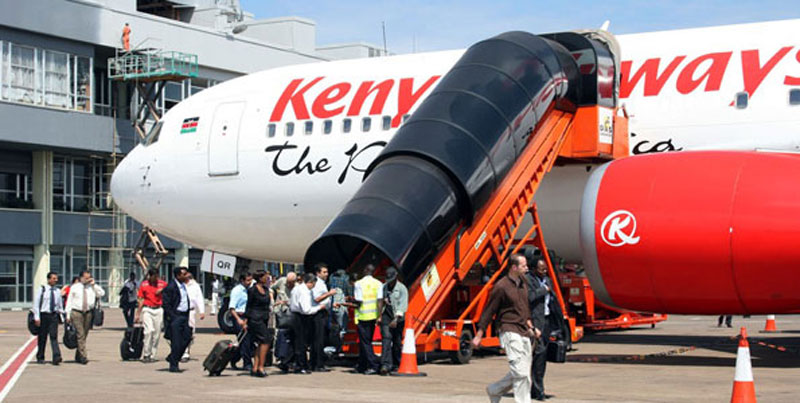Business
AVIATION WEEK: Air transport to play greater role in Uganda’s development
Uganda is a land locked country. This means that as a country we incur a heavier cost in importing and exporting goods than our neighbours Kenya and Tanzania that have access to sea. This has adversely affected the competitiveness of our businesses in the region, not to mention the impact of rapid damage it brings to roads through ware and tear.
At the same time, the country relies heavily on export of agricultural goods such as coffee, cut flowers, cocoa, tea among others, and tourism services for foreign exchange.
Uganda’s Vision 2040 earmarked Agriculture, Tourism and Mineral Development as the sectors with the greatest potential to support the country’s progress to middle-income status because of the comparative advantages they confer to Uganda compared to neighbouring countries.
In view of the above, it is worth noting that higher returns from the three sectors would be attained from increased development of air transport industry. For example, the tourism sector requires an efficient, well developed and competitive air transport industry that connects Uganda to the major tourists source countries while at the same time providing easy access to Uganda’s tourist destinations such as parks and cultural sites.
In the agricultural sector, the country needs a modern transport and fresh handling infrastructure that allows traders to dispatch fresh produce to markets in Europe and Asia that demand the kind of stuff produced by Ugandan farmers.
Some progress has been made to align development agricultural sector with the aviation sector. For example the government has embarked on the development of several infrastructure projects such as development of a refrigerated cargo centre at Entebbe International Airport to support export of fruits, flowers and other freshly-consumed agricultural products that must be transport by air.
The ongoing development of the 500,000 metric ton capacity cargo centre with cold storage facilities, is part of a wider US$200m redevelopment exercise currently being implemented by the China Communications Construction Company (CCCC) with CAA’s supervision.
The anticipated expansion of the terminal building, expansion of the runway among other facility improvements at Entebbe, it is anticipated that Uganda will be able to take advantage of international markets to supply fresh fruits and vegetables.
Besides the development of Entebbe, the Civil Aviation Aviation Master plan, which offers strategic direction of civil aviation in the country until 2030, envisions the development of several other international airports in Arua, Kasese and Pakuba.
The Masterplan also projects the development of regional airports in Jinja, Lira, Moroto, Tororo, Mbarara and Kisoro to support regional and domestic air transport.
If these airports and other facilities are established, air transport in terms of traffic and cargo is expected to expand by over three fold from about 1.5m passengers now to 7.5m in 2033. Total aircraft movements and cargo will follow a similar trend, from 43,000 to 124,000 movements and from 56,000 to 172,000 tonnes, respectively, according to CAA masterplan.
Comments



























